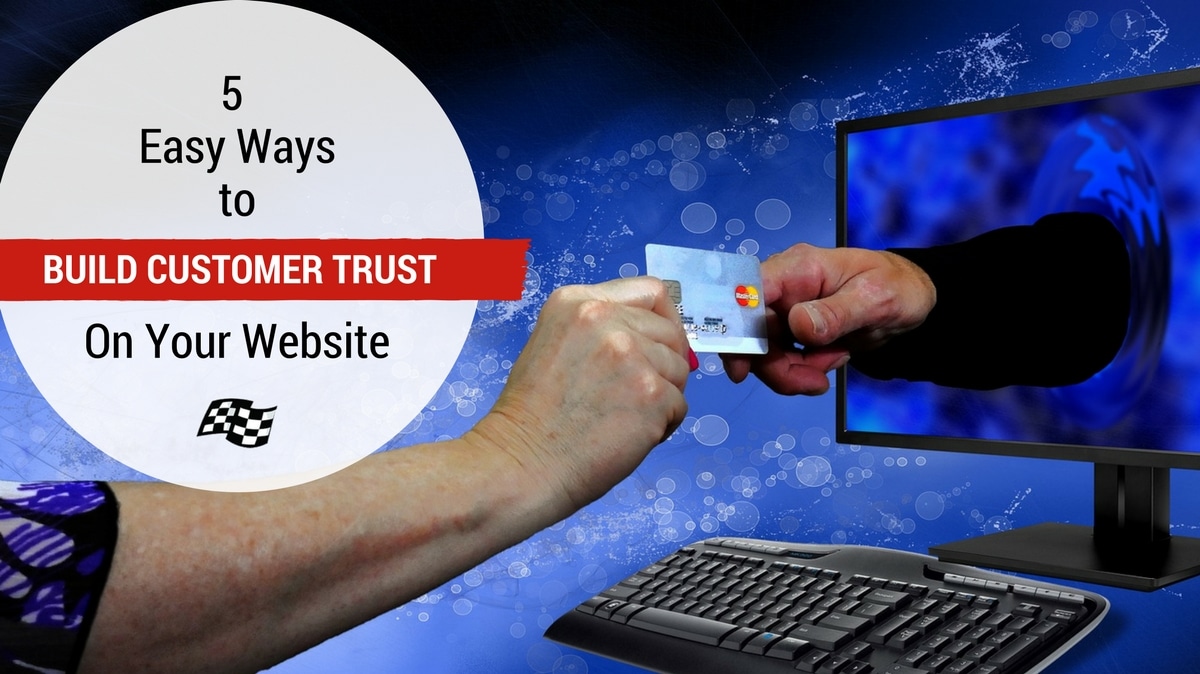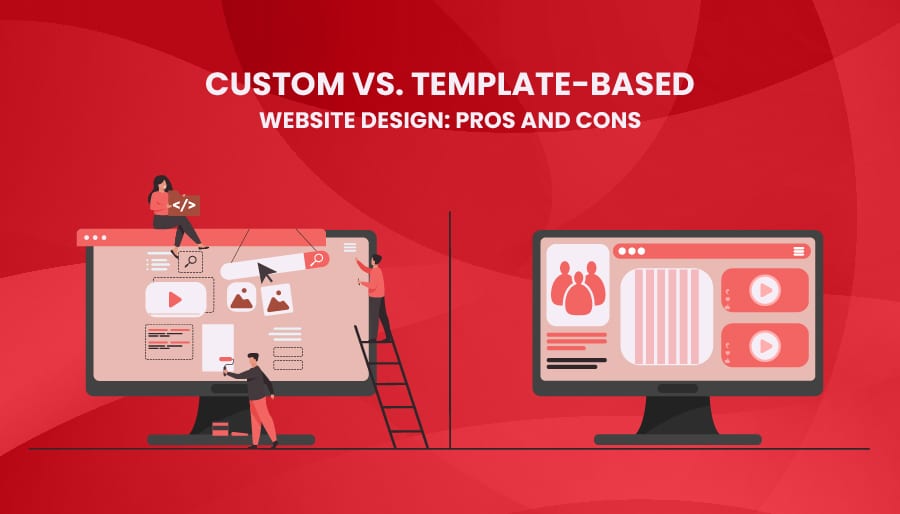What Makes a Website “Trustworthy”? A Step-by-Step Guide to Building User Confidence
In today’s digital-first world, trust is currency. Whether you’re selling products, offering services, or sharing information, users need to feel confident that your website is credible, secure, and authentic. But what makes a website “trustworthy”—and how do you design or optimize your site to reflect that?
The truth is, trust isn’t built overnight. It’s the result of smart design, transparent communication, and consistent user experience. In this blog post, we’ll explore the key elements that make a website feel trustworthy to users—and how you can implement them effectively.
Let’s dive in.
Why Website Trustworthiness Matters
Before we get into the how, let’s cover the why.
When visitors land on your site, they make snap judgments—within milliseconds. According to a Stanford study, 75% of users judge a business’s credibility based on its website design. If your site appears outdated, unsecure, or unprofessional, people are likely to bounce—and never come back.
A trustworthy website leads to:
-
Longer session durations
-
Higher conversion rates
-
Improved SEO rankings
-
Lower bounce rates
-
Greater customer loyalty
Now, let’s break down the specific factors that contribute to trustworthiness online.
Step-by-Step Guide: How to Make Your Website More Trustworthy
1. Use a Clean, Professional Design
First impressions matter—a lot.
A polished, modern design communicates credibility. Avoid cluttered layouts, dated visuals, and hard-to-read fonts. Instead, invest in a responsive, mobile-friendly design with consistent branding across all pages.
Tips:
-
Stick to a cohesive color palette
-
Use high-quality images (avoid generic stock photos)
-
Prioritize readability (legible fonts, proper spacing)
-
Ensure mobile responsiveness
Design is more than aesthetics—it signals whether users can take you seriously.
2. Secure Your Website (HTTPS)
Security is non-negotiable.
Visitors expect your website to be safe—especially if they’re entering personal or payment information. SSL encryption (displayed as HTTPS in the URL bar) is a must-have. Without it, browsers may flag your site as “Not Secure,” causing users to leave immediately.
What to do:
-
Install an SSL certificate
-
Use secure hosting services
-
Regularly scan for vulnerabilities and malware
Remember: A secure website isn’t just for e-commerce—it’s for everyone.
3. Display Clear Contact Information
Transparency builds trust.
Make it easy for users to reach you. Display contact details prominently—phone numbers, physical address (if applicable), and email. A dedicated Contact Us page, complete with a contact form, goes a long way.
Bonus trust signals:
-
Live chat support
-
Links to social media profiles
-
A visible “About Us” page with real team bios
People trust businesses that don’t hide behind a screen.
4. Use Trust Signals and Social Proof

Show, don’t just tell.
Trust signals are elements that prove your credibility through third parties or user experiences. These include:
-
Customer testimonials
-
Client logos
-
Case studies
-
Media mentions or awards
-
Third-party certifications (e.g., BBB, Google Reviews, ISO, etc.)
Displaying social proof reassures users that others have had positive interactions with your brand.
Tip: Place testimonials strategically—on your homepage, product pages, and checkout process.
5. Optimize Website Speed and Performance
A slow site = lost trust.
Users associate performance with professionalism. If your pages take more than 3 seconds to load, most users will bounce—especially on mobile.
To improve speed:
-
Compress and optimize images
-
Minimize JavaScript and CSS files
-
Use a Content Delivery Network (CDN)
-
Choose reliable hosting
Use tools like Google PageSpeed Insights or GTmetrix to check and fix issues.
6. Have a Clear Value Proposition and CTA
Clarity equals trust.
When users land on your site, they should immediately understand:
-
What you offer
-
Who it’s for
-
Why they should care
A strong headline, followed by a succinct value proposition, and a clear call-to-action (CTA) makes your site feel professional and focused.
Examples of trust-building CTAs:
-
“Get Your Free Quote”
-
“Download Our Case Study”
-
“Schedule a Demo – No Obligation”
Avoid vague or misleading CTAs—they erode trust quickly.
7. Provide Transparent Policies
Trust is built on honesty.
Make your privacy policy, terms of service, and return/refund policies easy to find and understand. These pages aren’t just legal requirements—they also show that you respect users’ rights and data.
Don’t forget:
-
Cookie consent banners (if applicable)
-
GDPR/CCPA compliance
-
Clear refund or cancellation policies
Transparency breeds comfort, especially for first-time visitors.
8. Keep Content Updated and Relevant
Stale websites raise red flags.
If your blog hasn’t been updated in years, or your product pages feature outdated information, users may assume your business is inactive or unreliable.
What to keep fresh:
-
Blog posts and news
-
Product descriptions
-
Employee/team bios
-
Case studies or portfolio items
Show that your website—and your business—is alive and thriving.
9. Avoid Pop-Ups That Disrupt UX
Pop-ups can be effective—but only if they’re respectful.
Aggressive or poorly timed pop-ups can make your website feel spammy. Instead, use pop-ups strategically and sparingly.
Good practices:
-
Delay pop-ups until users are engaged
-
Use exit-intent pop-ups to reduce bounce
-
Make it easy to close the pop-up
A trustworthy site values user experience over hard sells.
10. Include Real Photos and Human Elements
People trust people.
Stock photos are okay in moderation, but if your entire site is full of generic imagery, users might question your authenticity.
Use real visuals:
-
Team photos
-
Office shots
-
Customer images or user-generated content
Adding a human face to your brand builds emotional connection—and credibility.






